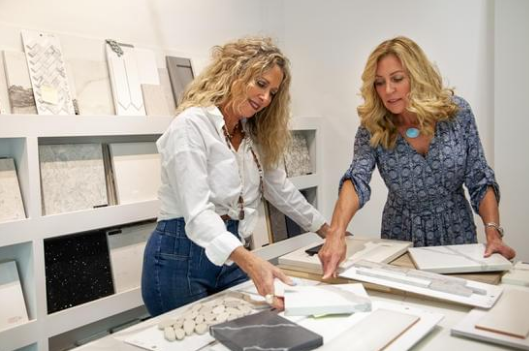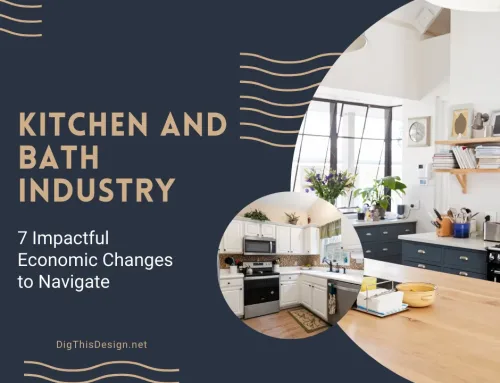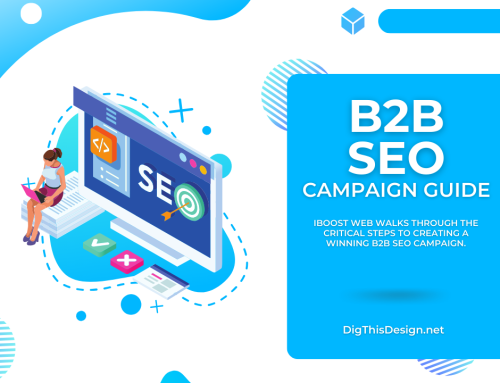While AI has made significant advancements in various fields, including design, it is unlikely that AI will completely replace interior designers. Interior design is a multifaceted profession that involves a combination of technical expertise, creativity, and human interaction, which can be challenging to replicate through AI alone. Here are a few reasons why AI is not likely to replace the interior designer entirely:
AI Versus the Interior Designer

Human Creativity and Aesthetics
Interior design involves a creative process where designers envision and create spaces that are aesthetically pleasing, functional, and aligned with clients’ preferences. AI may assist in generating design suggestions or options, but the final creative decisions often require human intuition, taste, and artistic sensibility.
Client Collaboration and Communication
Effective interior design often relies on collaboration and understanding clients’ needs, preferences, and lifestyles. Interior designers engage in consultations, discussions, and active communication with clients to ensure their visions are realized. The ability to build rapport, understand clients’ emotions, and provide personalized design solutions is a key aspect that AI may struggle to replicate.
Spatial Planning and Technical Expertise
Interior designers possess specialized knowledge in spatial planning, materials, lighting, color theory, and building codes. They consider factors such as ergonomics, accessibility, and safety while designing interiors. AI can provide tools and assistance in certain areas, such as generating 3D visualizations or simulating lighting effects, but the expertise and experience of a human designer are crucial to navigating complex design challenges.
Adaptability and Flexibility
Interior design often requires adaptability to individual project requirements, site conditions, and budget constraints. Designers can think creatively, adapt plans as needed, and offer customized solutions to unique design problems. AI, while capable of analyzing data and patterns, may struggle with the same level of adaptability and flexibility in response to evolving client needs and unexpected design challenges.
Emotional Connection and Client Experience
Interior designers can establish emotional connections with clients, creating spaces that evoke specific feelings or reflect personal narratives. The human touch, empathy, and understanding of human emotions are significant aspects that contribute to a positive client experience. AI may lack the ability to provide the same level of emotional connection and empathy that human designers can offer.
While AI can augment and enhance the design process by offering tools, generating design options, or assisting with data analysis, the value of human creativity, expertise, and the ability to connect with clients on an emotional level is unlikely to be fully replaced by AI. The role of an interior designer will likely continue to be vital in translating clients’ visions into unique and personalized interior spaces.
Other posts you might enjoy:
Does an Interior Designer Need the Overhead Costs of a Brick-and-Mortar Showroom?





